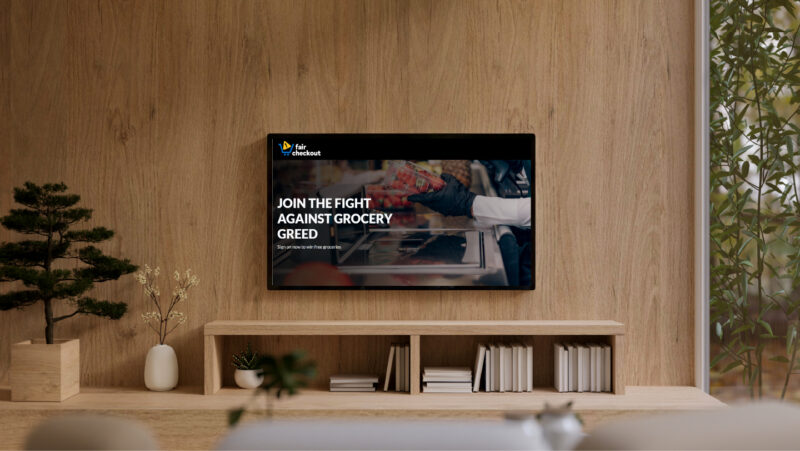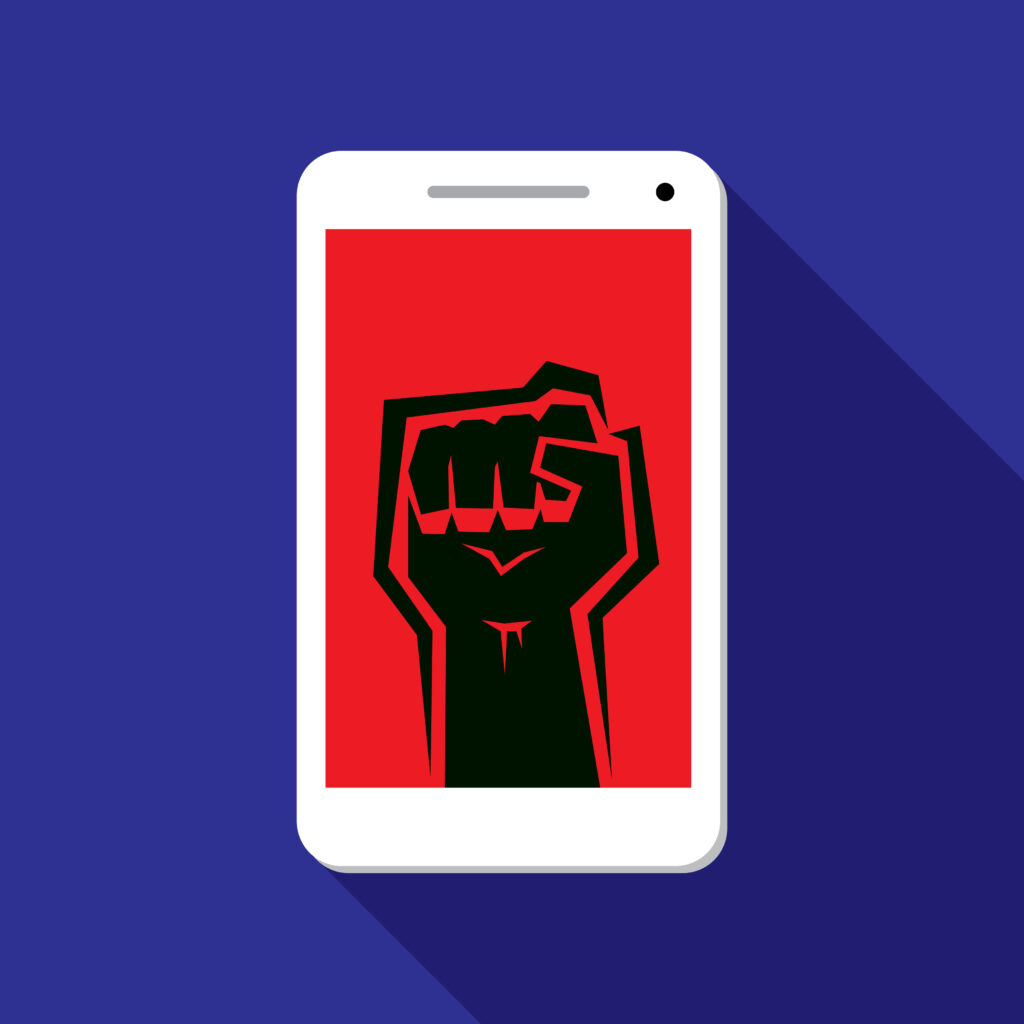
Understanding union advertising and public relations campaigns – Part 3

It may not surprise you to hear that employers often don’t like it when we run advertising and public relations campaigns.
Your union is used to dealing with these objections and pushing back appropriately. Making sure your voice is heard on any issues that impact you in your workplace is the core purpose of your union. And sometimes fulfilling that role means talking to the public, as well as your employer.
The Supreme Court of Canada defines workers’ rights to take their stories to the public in a case argued by UFCW Canada. UFCW workers were on strike and wanted to talk to the public about the issues they were facing despite objections from the Company.
The Supreme Court issued a decision that included the following ruling:

In 2023, we were in negotiations in anticipation of the Wage Reopener process, attempting to persuade the Company to extend a wage increase to all Safeway workers and not just top-rate and overscale employees.
In order to do that, your union ran an ad to remind both the Company and the public about the essential work of all Safeway employees.
The ad featured three Safeway workers who courageously volunteered to speak on behalf of their co-workers, addressing the challenges all workers faced as a result of the affordability crisis. Those were challenges the Company refused to discuss or even acknowledge as part of our negotiations.
Sobeys challenged your union’s freedom of expression. In particular, the Company targeted three employees for exercising that freedom of expression as representatives of their union.

Click the image above to watch the Safeway ad.
In response to the above ad, Sobeys suspended each one of the featured workers and hauled them into intimidating investigatory meetings where they were berated and demeaned for doing nothing more than speaking the truth.
When the employees complained to the UCP Alberta Labour Relations Board, the Board was of no help at all. Your union is advancing a court application to correct the situation and bring some justice to the circumstances for these brave workers.
Further, your union has asked Sobeys not to punish employees who appear in advertisements and public relations campaigns speaking truthfully about their experiences. However, the Company has failed to offer any assurances.
In Part 4 of this series, you will see that your union’s latest ad does not use an individual that can be identified. Obviously, we are trying to protect our members from future experiences like this.

While efforts to seek justice for these workers are ongoing, this fight demonstrates two things clearly.
Firstly, it demonstrates the power of workers’ voices when we stand together in strength and solidarity through our union. Nothing gets the attention of employers faster than workers sticking up for each other to fight for a better future.
Sobeys’ overreaction to your union’s ad shows how nervous they are about empowered employees.
Secondly, it shows how vigilant we must remain in protecting the power of our collective voice. That power is constantly under attack, and we must be prepared to stand up and fight back where necessary to ensure it is preserved as we seek to level the playing field between working people and powerful corporations.
Posted on: February 21,2025
